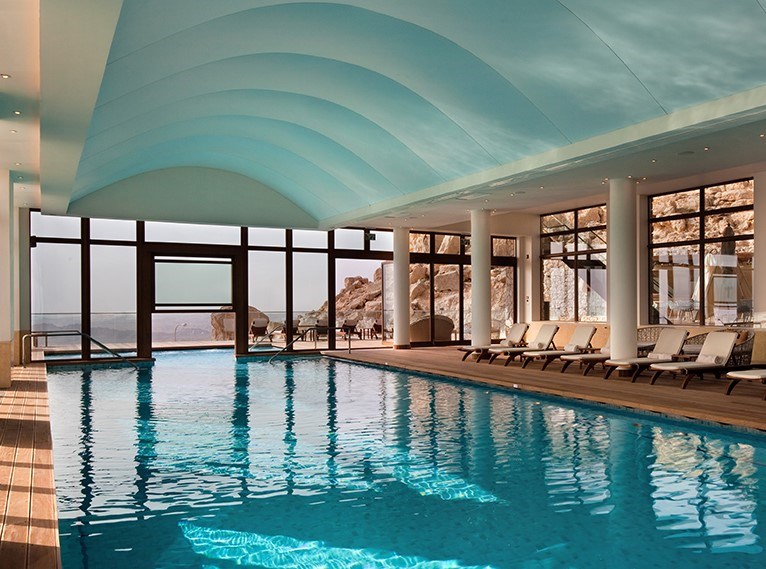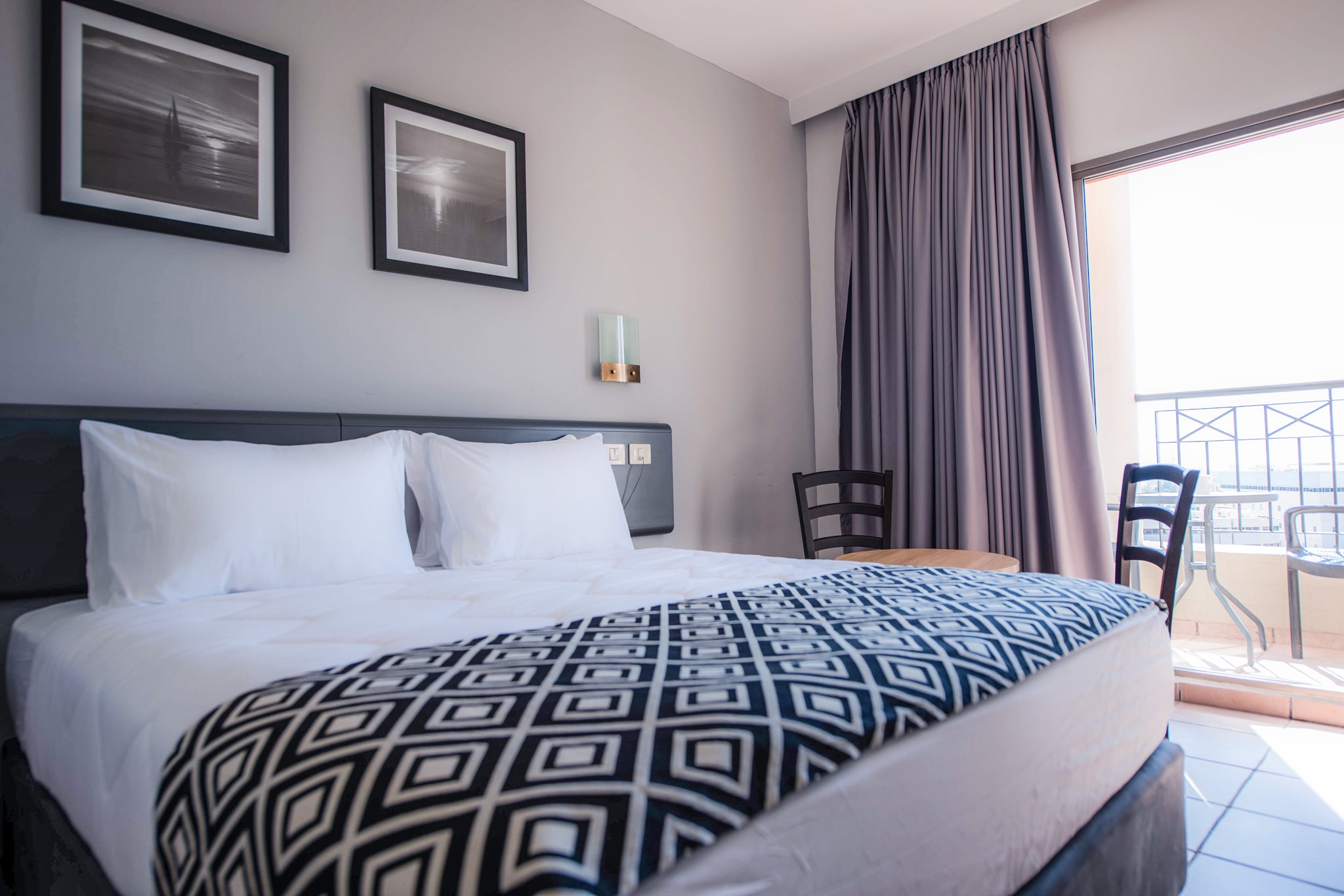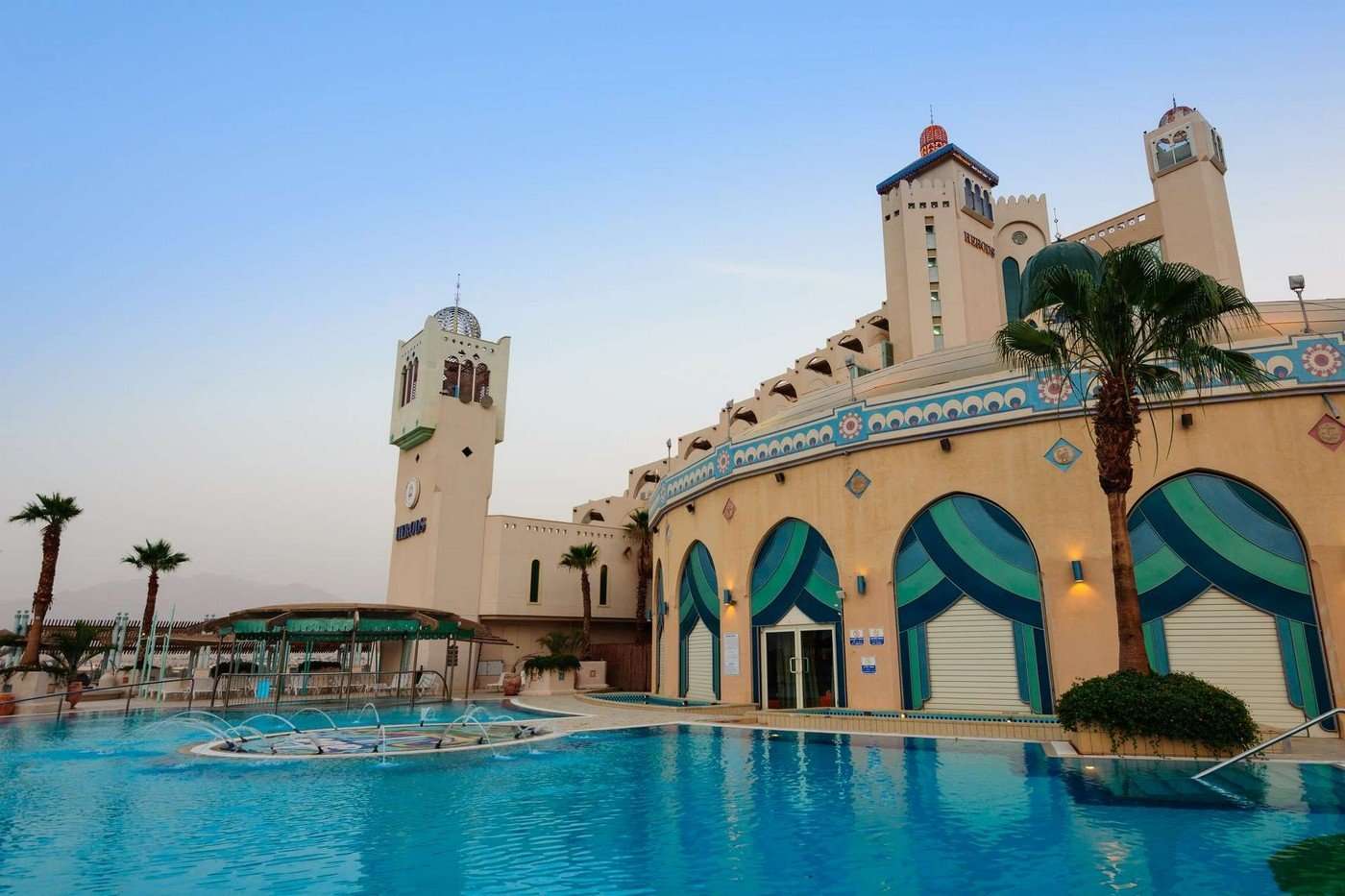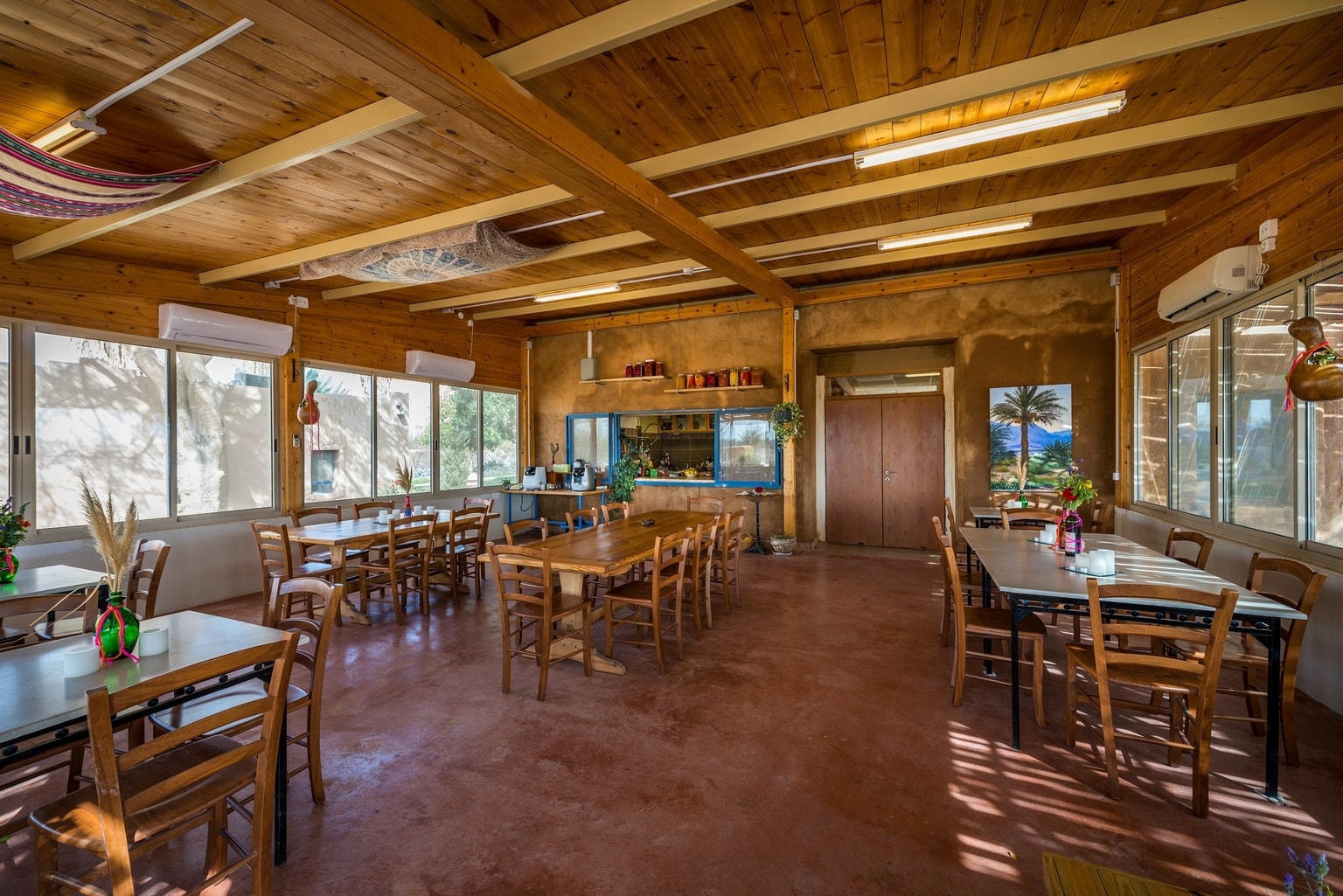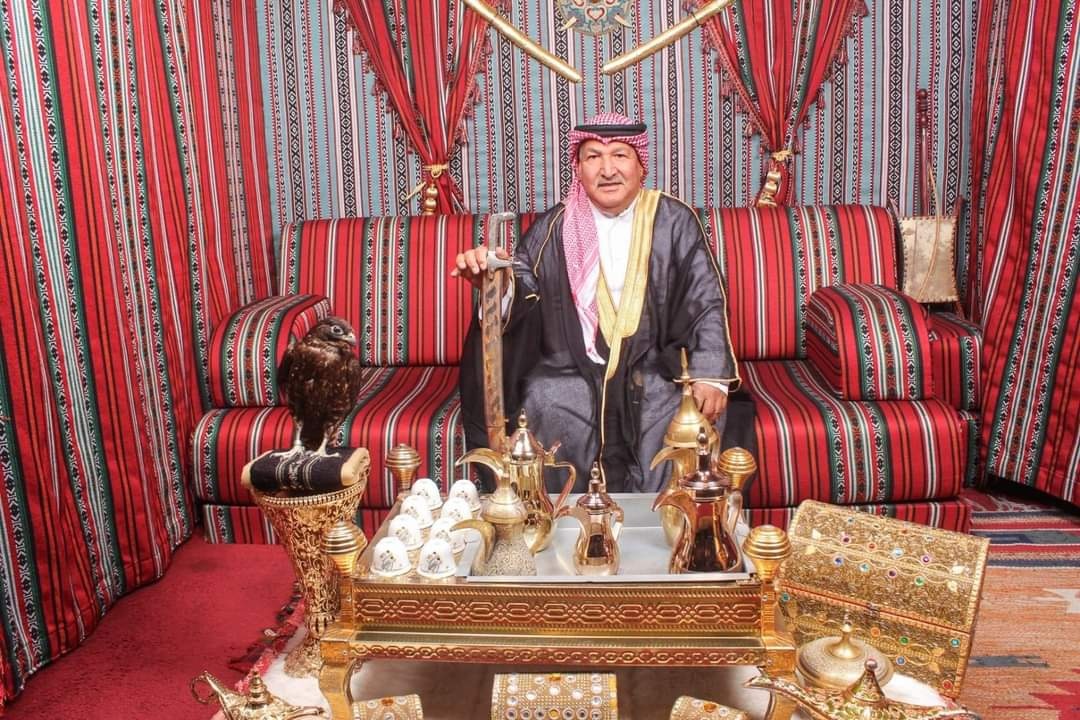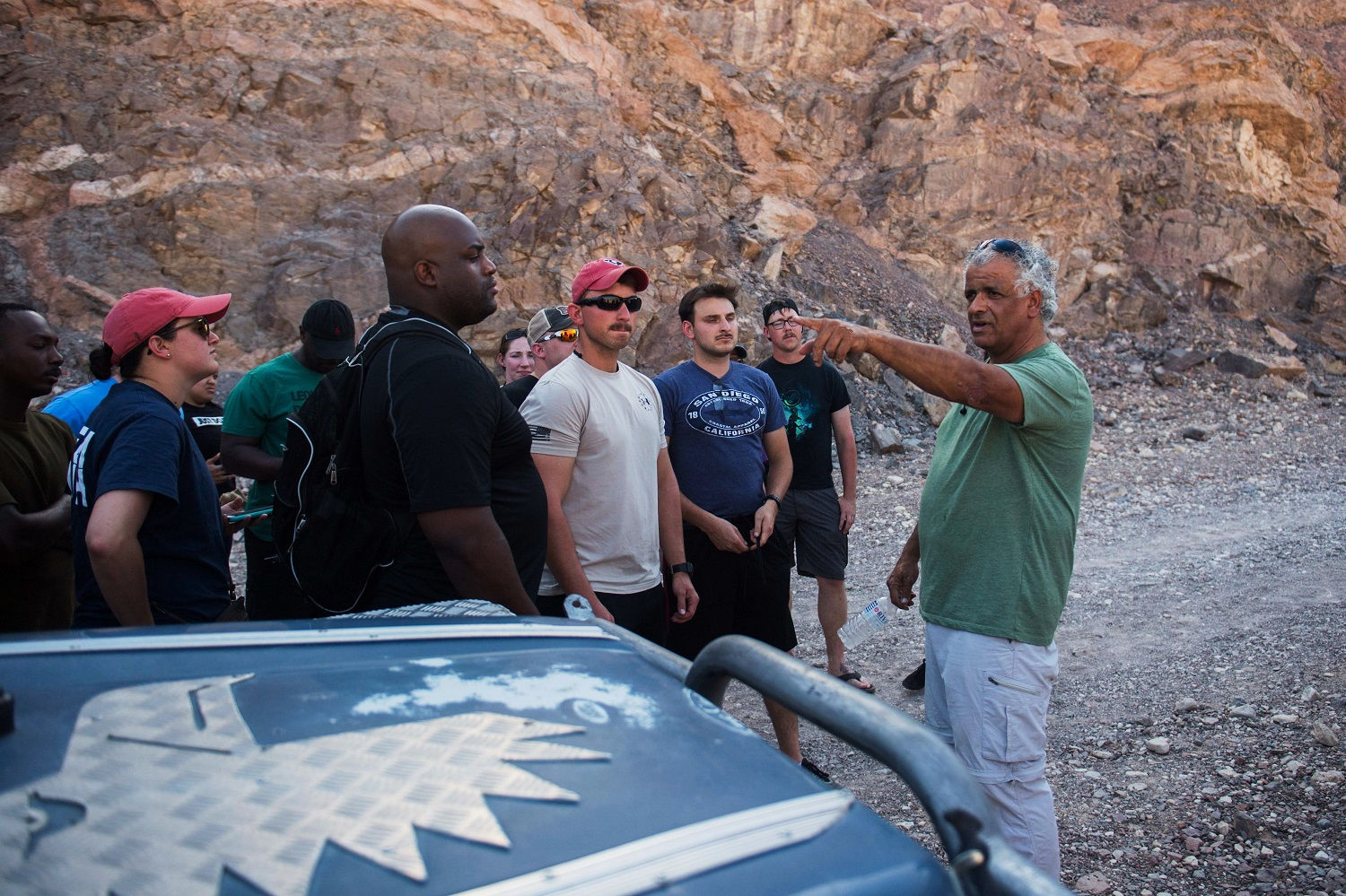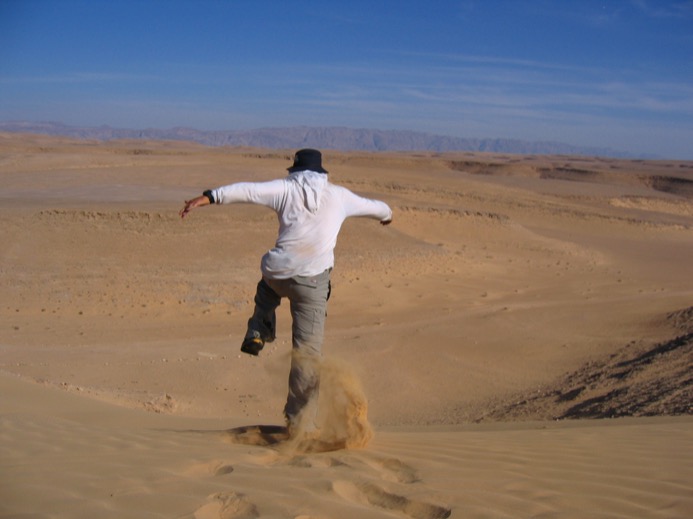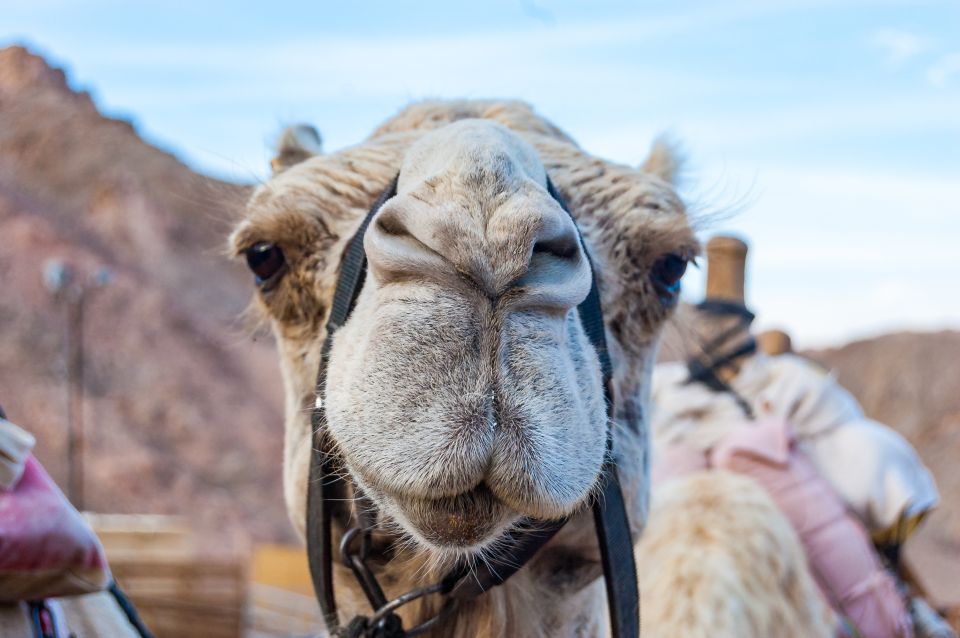Showcasing exceptional architecture amid a magnificent primeval desert landscape, the spectacular Beresheet has secured its reputation among Israel’s most exclusive hotels.
A vacation at the Beresheet ensures an unforgettable hospitality experience that encompasses the highest quality service, fine dining, a luxury spa, spacious rooms, a magnificent pool, and, of course, panoramic views of the incomparable desert landscape.
The Beresheet covers an incredible 50,000 square meters, with 111 guest villas dotted across the property. All of the 39 ground level rooms have their own private pool, while the upper rooms feature large balconies where guests can marvel at breathtaking views. This peerless location combines luxurious accommodations with breathtaking natural wonders, while also enabling guests to enjoy a pleasant climate year round.
• A luxurious, serene getaway in the heart of the desert, on the edge of the awe-inspiring Ramon Crater
• Winner of the title “The Coolest Hotel Pool in the World,” awarded by Travel Agent Central Magazine
• 111 rooms and villas overlooking the desert landscape, some with private pools
• The prestigious Carmel Forest Spa offers ultimate relaxation in the form of more than 70 pampering body, health and beauty treatments
• Guest savor gourmet dishes in the hotel’s excellent Rosemary Restaurant, which uses fresh ingredients from local farms
